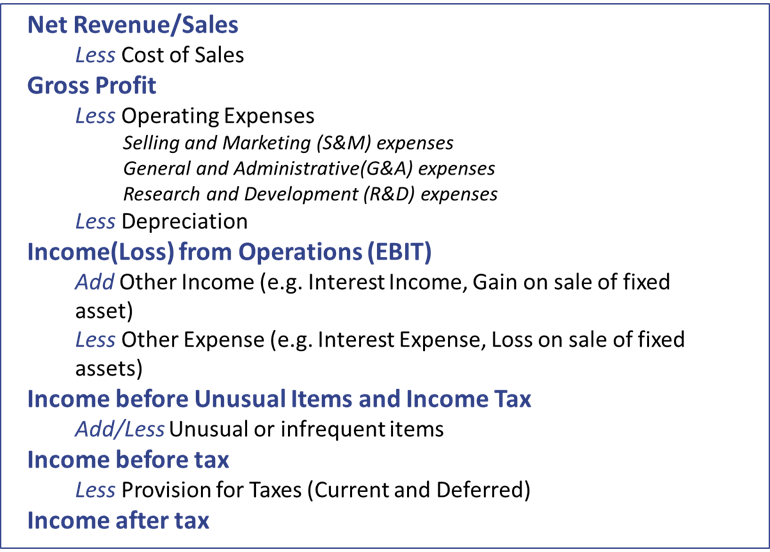Executive summary
In the current economic climate, organizations are constantly being challenged to get more done with fewer resources. Doing more with less has become the mantra of the day. And accounts payable (AP) is no exception to this. AP departments now have to process more invoices and pay them faster, all with the same or sometimes even a smaller staff.
The biggest stumbling block to accomplishing this has been a continued reliance on paper-based invoices and people-based processes. More than half the organizations that participated in PayStream’s “Invoice Automation Benchmarking Survey 2010” stated that the biggest challenge plaguing their AP department is the fact that a majority of invoices are received in paper format.
The idea of a paperless corporate America has filled the heads of futurists ever since information technology began to make big strides. In the 1970s, many people looked ahead to the year 2000 and theorized that by then businesses would exchange information in a fully electronic manner. The evolution and wide acceptance of the Internet further validated this theory.
However, this has not come to pass in the business-to-business (B2B) landscape, particularly in the accounts payable world. No one ever imagined that removing paper from the AP process would be so challenging. But all is not lost. A significant shift is beginning to shake traditional AP operations, starting with the search for automation options that help them address the hassles inherent to manual and error-prone activities. Our research indicates that invoice automation solutions – which combine front-end imaging, automated data capture, electronic invoicing and approval workflow – that streamline the invoice receipt-to-pay cycle have matured and become mainstream technology.
These new technologies have been given further impetus by the fact that the AP department is no longer considered just a cost center. Innovative financial managers are now recognizing AP automation as an area offering tremendous potential to generate bottom-line improvements with processing acceleration and discount management abilities, better ability to monitor and manage spend, strengthen working capital positions, and build stronger trading relationships.
Given this interest in AP automation solutions, PayStream has developed this Technology Insight Series report titled “Invoice Automation: Automating AP Processes through Imaging and Workflow” for those organizations that have an active interest in invoice automation but need help identifying appropriate strategies, vendors and solutions.
You can download the PDF by clicking on the link
http://www.recordsforce.com/docs/AP%20Automation%20White%20Paper.pdf
———————————————————————————————————
More on IFRS Exceptions at




Trackbacks/Pingbacks